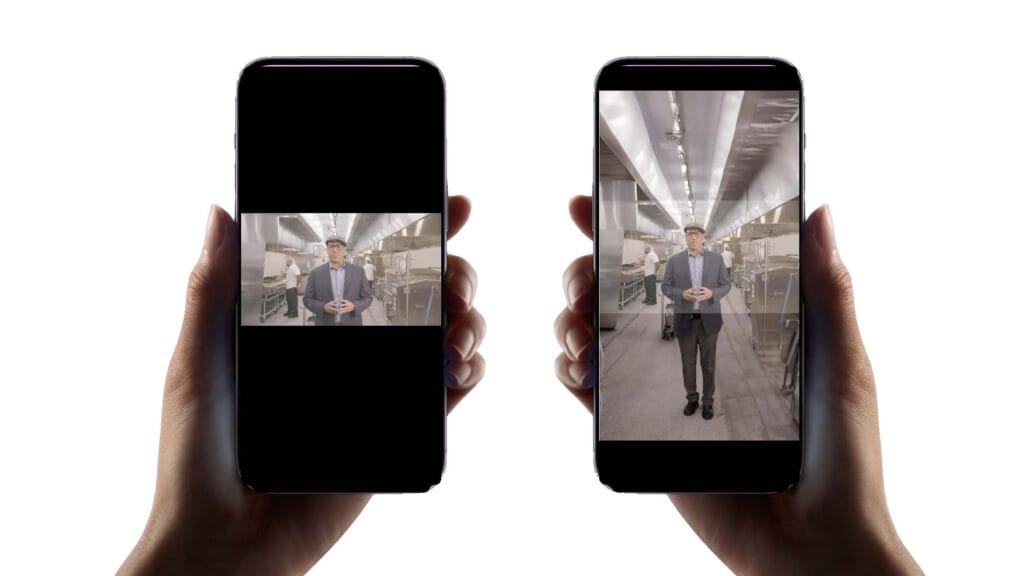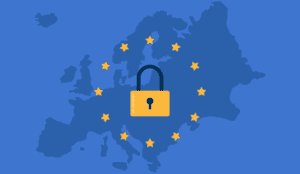While “Artificial Intelligence” is a broad term, last year we saw a very specific version of it make headlines: “generative AI,” systems that can create images, sounds, and even video with a click of a button (we’re going to refer to it as “AI” in this article for short). In 2022, the United States led all countries in investment in AI, at more than $47 billion. The pace and availability of commercial-grade AI tools is enabling businesses — like TBG and Isovera — to create and compete in a number of ways.
“Keeping pace with the capabilities of Generative AI is critical for today’s creative ideation,” says Vaughn Misail, Executive Creator Director. “But like Spider-Man’s Uncle Ben once said, with great power there must also come great responsibility.”
Harnessing Generative AI the Right Way
Several AI tools have emerged that can be used to edit and modify images, saving graphic designers time and effort without negating their contributions.
Generative AI programs process a staggering amount of input quickly, though there will always be limitations. For example, rendering textual elements in an image (such as words on a sign or uniform) is still difficult for Midjourney. And while you cannot copyright any images created with AI, you can legally use this technology to enhance visual elements, such as adding an expanded background to an existing image. This makes these tools useful for creating campaign-specific content.
Here are some good do’s and don’ts for effective, responsible generative AI use:
Do use AI to create images you couldn’t otherwise: One way TBG uses AI is to create images that are too specific to find in stock or impossibly cost-prohibitive to shoot, like a warfighter in theater, an oil rig worker in the North Sea using a specific brand of mobile phone, or a satellite in space.

Sample image result for “soldier using a computer while sitting on a mountainside.”
Don’t use AI just to imitate: Prompts that directly reference your competitors or copyrighted content are a bad idea. This can extend not just to content but art styles as well. Plus, if you just want to use this to make your own replica of an existing logo or ad campaign, you’re missing the point. What’s more, AI services are responding to the concern over their algorithms sourcing material without the artists’ consent: Google allows you to opt out of their AI crawlers and Adobe Firefly specifically creates images cleared for legal commercial use, although this has still raised ethical issues.
Do use AI to save production resources: AI tools can up-res images from one size to another, which is perfect for OOH and tradeshow campaigns. This can save your team valuable budget and time while ensuring accuracy. Another example is AI-generated voiceovers: we recently utilized one for a non-profit client and managed to reduce the expense and time it would have taken to record this normally. At TBG, we’re looking forward to potential advances in AI video this year: while it’s currently limited, we are using it to adapt videos to mobile and fill in backgrounds.

Don’t force AI to do things it’s not currently suited for: Play to these tools’ strengths by using them to generate images that they can replicate. For example, since Firefly doesn’t source copyrighted images, don’t ask for an image of “Batman overlooking Gotham City” and expect the copyrighted character. Instead, think of a prompt that you know the engine can render well, or modify an existing image in a way the AI is trained to handle.

Do use AI to brainstorm: Working with generative AI can be the start, not the end product. Try out different prompts early on in the creative process and see where they lead you. Experimenting with AI tools is the first step to demystifying this technology.
Don’t leave your clients out of the loop: Outlining clear guidelines for using AI-created content is crucial for establishing client trust. Develop rules for what you might use AI for in practice and give examples. Are you going to generate full images or just use it to enhance? What kind of platforms will your AI content be for? Communication shows that you’re thinking about these tools critically and will ultimately lead to better content.
Do judge each case individually: TBG considers each client’s specific identity and needs when approaching AI: it’s not always the answer. For example, generative AI makes sense for a tech company that uses AI in their own solutions and positions them as forward-thinking. On the other hand, it’s not a good fit for a community bank that wants to showcase actual people.
Don’t use AI for a trademark or logo you want to own: As stated above, you can’t copyright images generated with AI, at least for now. According to the United States Copyright Office, “human authorship is a precondition to copyrightability.” This also applies to modifications to source images (an image you own can be copyrighted, but not modifications made with AI). So focus instead on using AI tools for campaign images, banners, and elements you aren’t planning to claim copyright on.
It’s very easy to get lost down the rabbit hole that is generative AI. At the same time, there are always new opportunities and applications. Contact us today to learn more about how we can make AI tools work for you.
About The Boston Group
TBG is a B2B and B2G marketing communications firm with a roster of global clients in aerospace and defense, technology, healthcare, higher-ed, information security, and related industries. Clients work with TBG to build programs that simplify and strategize their core offerings; drive market response through compelling creative; and communicate with their audiences both internally and externally in the most effective way. In November 2023, TBG was acquired by Isovera (isovera.com). For more information please visit bostongroup.com.


